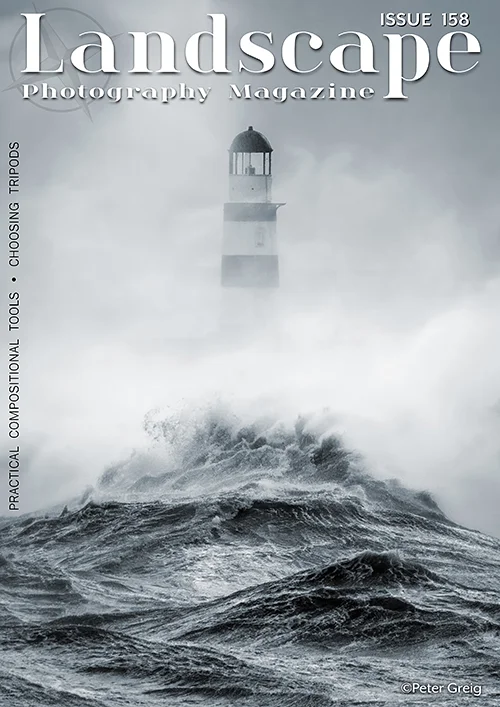I’d like to begin by stating the obvious: how not to approach the editor of a magazine. Never send an email informing the editor that you wish to be published in their magazine and inquiring about their payment rates. This is the worst possible approach; it is unlikely you will receive a response at all.
So, what is the best way to approach this? If you genuinely wish to get published in a magazine and secure future promotion for your photography, there is a specific procedure you must follow. In these situations, there are no half measures or shortcuts: patience is essential. Here are some steps you should be aware of and follow:
Familiarity
The first and most important part is to become familiar with the magazine. It would be quite embarrassing if you were asked a question about it and could not answer due to a lack of knowledge. Therefore, you should:
1 Purchase the magazine or obtain a subscription for a time. Follow the magazine, read it, study it, discover what the editor appreciates or disapproves of, and become acquainted with their style.
2 Once you have acquired sufficient knowledge about the magazine’s style, reach out to the editor via email:
a) Ensure that the email is well written. Remember, you are addressing someone whose job entails ensuring all writing in the magazine is top-notch. A meticulously crafted email increases your chances of being taken seriously. This is your first opportunity to showcase your writing skills. If your email is poorly presented, your chances of convincing them that you are a good writer are considerably diminished.
b) Introduce yourself and describe your style. Inform them that you are a subscriber who reads the magazine and adores its content. You guessed right: being complimentary can earn you points.
c) Ensure you include a link to your website in the email so the editor can view your work.
d) Incorporate a link to an article or blog you have written so the editor can see some of your work.
e) Keep the email concise and direct. The last thing an editor wants to do is read your 1000-word biography.
f) Be patient. Do not expect a reply within a few hours; it may take a few days or even longer. If you have not heard back within two weeks, send a follow-up email. Persistence can often yield results.
g) Ensure you use an email provider like Gmail that allows the editor’s emails to reach your inbox (and always check your spam folder). Providers such as AT&T, BT, and others are notorious for blocking emails they consider to be ‘spam’. Make sure that the editor’s response reaches you.
You got lucky
If you receive a reply and are asked to provide any further information or an article sample, take your time doing so. Remember, they are not in a hurry to see your work. A week’s time gives you the opportunity to ensure you have included everything they have requested and that your work is well-prepared and presented professionally. It is always wise to seek a second opinion on the content from your family and friends.
If you send images, ensure they are free from sensor dust. Sizes and all other details should meet the requirements. The editor will not be pleased if they have to rectify issues that you should have addressed with the images.
Follow my advice, and you could get lucky. My own email address, if you wish to introduce yourself, is [email protected].










